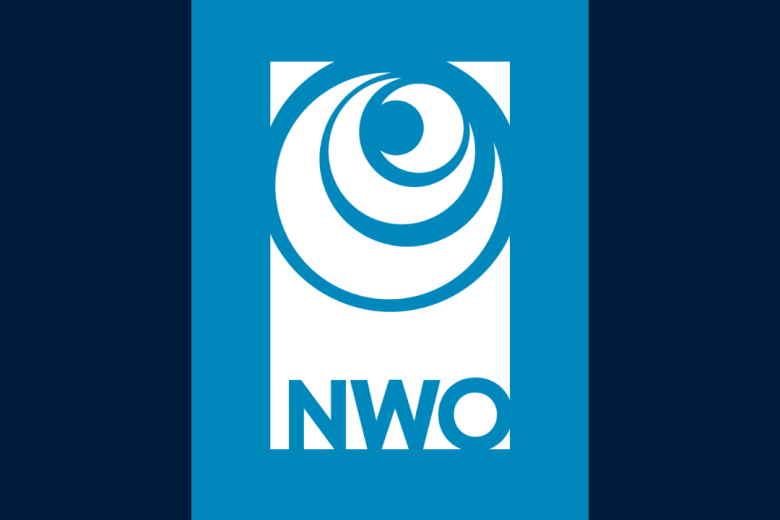The Unknowing Force of Education: Lessons from the Pandemic
Educational systems are resilient systems, with technology functioning as an essential tool to overcome the shocks. The pandemic made educational systems realize they possess great capacity to overcome hurdles and create awareness that universities should use their potential to innovate. This blog focuses on some positive lessons learned from the pandemic for higher educational systems, stressing those characteristics and innovations that universities probably should consider in the post-pandemic. By looking at the positive outcomes, we do not mean to ignore that the pandemic was a very challenging period for humanity and overall negatively impacted higher education. Yet, the positive learnings may be most beneficial for institutions in moving forward.
The educational system serves as an example of speedy adjustment with, besides negatives, many positive impacts during the pandemic and positive lessons for the future. At the onset of the pandemic, the educational system was forced to make drastic changes in its educational offering modes and, if we did not want our students to be disadvantaged, we did not have the luxury to deliberate or wait. While on-campus education for many is a key feature of the educational experience, several population groups benefitted from the transition to online education. Examples are shy people who felt more at ease with online than with on-campus education, students who were able to avoid unsafe situations because of not having to commute to campus, or staff who experienced a better work-life balance, with the ability to give care and work from home.

Various perspectives of actors in the educational system
For our qualitative research in 2021, we went to the field to understand how educational systems were able to overcome the challenges brought to us by the pandemic – given the different contextual situations they had to deal with. We spoke to students, teachers, administrative staff, and program directors from Public Policy programs in Argentina, the Netherlands, Nigeria, the United States of America, and South Africa. Through our interviews, we learned that most educational systems were ready to transition to online education rather fast, as online learning management systems and basic educational and support services were already in place. Many programs managed to shift to online education on average within the first week of the lockdown and knew how to use (or quickly learn) basic features of technology to deliver and connect to online classes. However, not all educational programs were able to do that. For those programs that were not able, their inability to transition fast was mainly found in technological factors, such as a lack of sufficient hardware and software, insufficient access to affordable data, and a lack of access to 24-hour electricity. Of course, all universities had to deal with different contextual settings and infrastructure available and adjusted in different ways. Universities in technologically less developed countries more often reverted to textbook-guided learning with WhatsApp or other communication tools as a connecting service between staff and students.
Some actors managed the transition more successfully than others did. In terms of skills, students were quickest to adjust to the online education mode, and at times became the experts on the systems, tutoring the teaching staff. Staff members, both teaching and administratively, needed more time to adjust. In terms of resources, the opposite was visible – students were often least well off in terms of hardware available and decent connectivity and had less space (or shared student housing) to now both live and work in. In terms of physical and mental health struggles, students suffered disproportionally much, but all actor groups indicated that the situation heavily affected them.
But what were the positives?
At the onset of the pandemic, administrative and teaching staff united to make education possible. Most interviewees expressed pride in their ability to overcome the challenges posed by the pandemic and adapt swiftly. Interviewees considered the initial phase as a 'honeymoon' period characterized by a surge of support from those parts of the educational system. It resulted in a collective endeavor marked by adaptation, innovation, and resilience. With a proactive response, programs dealt with challenges thereby fostering a dynamic learning environment. Communication channels were refined, and adjustments were made to meet the evolving needs of students and staff.
The pandemic also pushed to innovate the courses and explore the different online tools available. Examples are the use of online voting features to assess the knowledge of the students while teaching, breakout group discussions, or engagement tools such as “Wooclap” or “Mentimeter” to foster interactive learning. Programs and individual teachers used the functionalities of learning management systems such as Canvas better and realized that these platforms help communicate with students transparently and effectively. Teachers expressed that informal learning on how to teach best online from their peers but also from the students was very valuable. The one-way mode of delivering education almost disappeared, since students many times taught teachers how to overcome technological challenges. Classes became a communal effort.
The loss of geographical distance in online education brought opportunities as well. Firstly, for many people the daily drop in commute time to the office and back allowed for more working hours to the agenda. Students with full-time jobs in parallel to their studies highlighted the freedom that online education gave them. They could connect to their classes from home, avoiding evening commute time. Students unanimously highlighted the availability of recorded lectures as a positive element and appreciated the freedom to watch lectures at their own pace and at the right time. Full-time students experienced this freedom differently. While they liked the recorded lectures, with their education being their main “job” they found the online teaching time a lot, and the loss of interpersonal connection hard. It was very challenging to focus on online classes for multiple hours a day, for multiple courses, and multiple months. Even so, also full-time students strongly support having recorded lectures available after the pandemic, as this allows them to review materials the moment they have time and mental space to learn.
Online education allows teachers more easily to teach remotely in other regions of the world. Equally beneficial, students were able to engage in international classes and conferences a lot more easily, without time investment and financial expenses to travel. International networking experienced a push, although students found that online network events were less successful in creating engagement, satisfaction, and interaction than face-to-face network events.
The administration found that their job was more efficient and focused. Being at home, they did not have the many “on the spot” and “ad hoc” conversations that the on-campus education gave them. Those interactions, while engaging, are also interrupting. With communication between administration and students mainly via email, the staff did miss the in-person interaction. Our research highlighted that the administration adjusted very fast and in some schools became key actors to support the program to continue running. For example, they helped instructors with the use of platforms such as Zoom for online classes and supported students in their education as well as struggles in their personal lives. The administrative staff was essential in pushing attention to good mental health and well-being. The awareness and support for mental health also deserve full attention post-COVID.
What is obvious from our study is that all actors in the educational system worked together to minimize the impact of the shock. All actors experienced and thus understood the challenge and realized that their challenge was not that different from the one that other actors were experiencing. Hence, they were more lenient in their expectations and more willing to contribute to second-best but functioning solutions. In a time where students’ complaints and demands often added additional stressors to hard-working teachers and administrators, the COVID pandemic did create that setting of support.
The biggest gain moving forward is to maintain a balance between online and in-person components. Most interviewees wanted to return to on-campus interactions though expressed an appreciation for certain online features. Technology proved to be an enabler to access education and to allow flexibility and adaptation when shocks occur. Technology not only serves as a tool to improve the delivery of education but also serves as a tool for resilience. A proper technological infrastructure to sustain the delivery of education through technological pathways is essential. However, this alone does not guarantee the resilience of an educational system. Actors part of the educational system need also to have the actual capacity to overcome the shock, to manage and work with technology to overcome, and to make the best of this experience.
The pandemic indeed revealed an unknowing force of educational systems. Now we can claim that nothing nor nobody can stop education.
Also read
-
Global recognition for SBE’s Executive Education by Financial Times
We are proud to announce that Maastricht University School of Business and Economics (SBE) has secured an impressive global ranking of 84th in the Financial Times Open-Enrolment Executive Education Ranking 2025.

-
SBE Researchers Awarded in NWO SGW Open Competition XS
The School of Business and Economics (SBE) at Maastricht University proudly announces that all three research proposals submitted to the latest NWO SGW Open Competition XS have been awarded funding. This exceptional outcome highlights the high calibre of SBE research and its relevance to societal...

-
Designing a Resilient Plastics Economy: Take-Aways from the MORSE Panel Debate
On 27 January 2025, MORSE’s Research Day convened a high-level panel—featuring Arjen Wittekoek, Nelleke van der Puil and Laura Nieboer—to unpack the Dutch plastics-recycling crisis (in 2024 six recyclers went bankrupt in 2024). The discussion highlighted how Extended Producer Responsibility...
